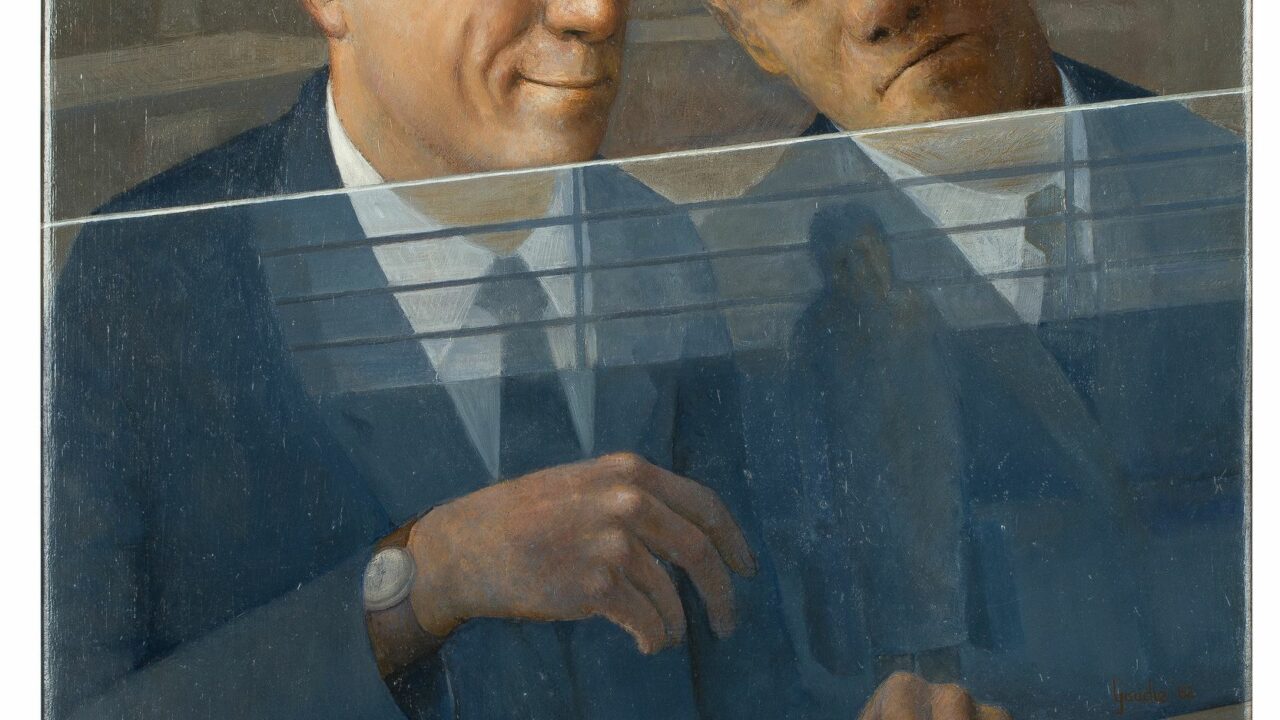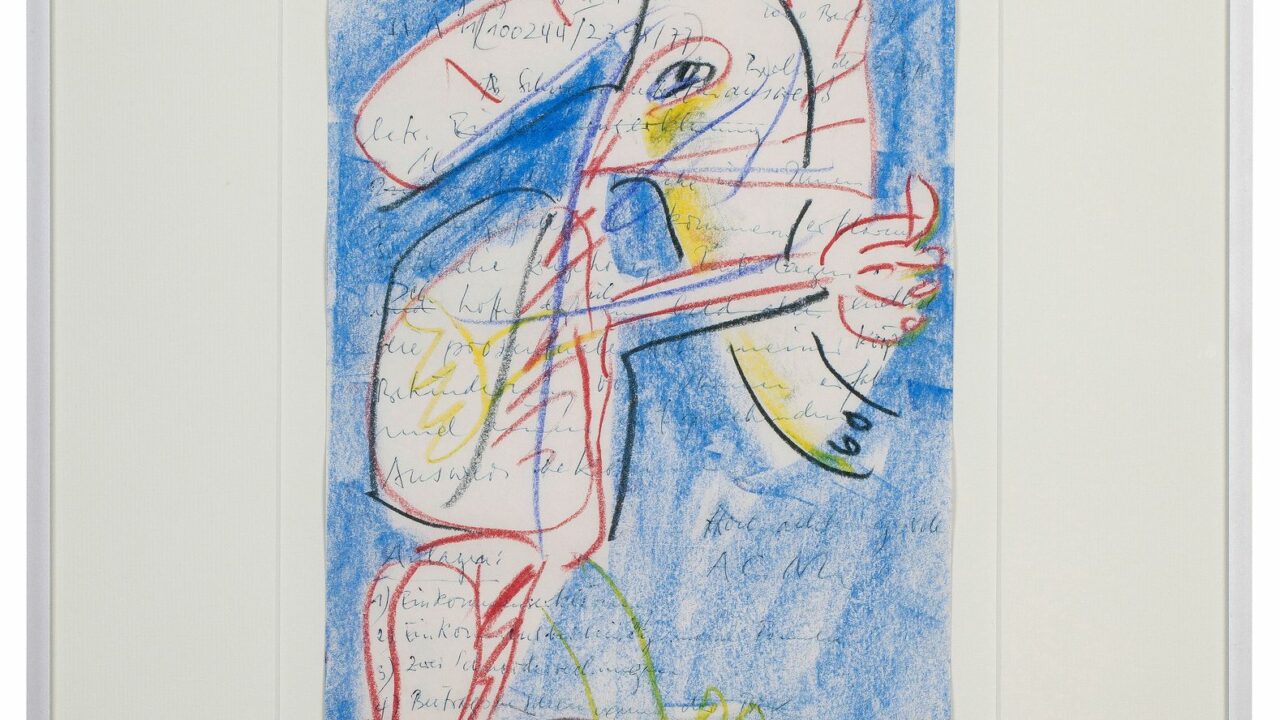3. The relationship of citizens with public administration and justice
The relationship between citizens and institutions – both governmental and nongovernmental -, much too often burdened by distrust, is the fundamental theme that can be noticed in some works in the collection, such as John Goudie Lynch’s Girokantoor (1983) and Hannah Collins‘ Power is Work, Work is Power (1990).
Artworks

John GOUDIE LYNCH: Girokantoor, 1983 – On display in Parlamentarium, Brussels

Hannah COLLINS: Power Is Work, Work Is Power, 1990 – On display in Parlamentarium, Brussels

GALLI: An Das Versorgungsamt, – On display in Parlamentarium, Brussels



J. G. Lynch’s painting shows us the window of a service office, which could belong to a bank, a ministry or a public agency. If we look closely, we will notice the reflection of a person in the glass – a woman carrying two bags or suitcases – and the ambiguous gesture, difficult to decipher, of two employees or officials, sheltered behind the glass and the sign – “Gesloten” – that warns that the establishment is already closed. An everyday situation that, painted and framed by Lynch, takes on a paradigmatic and critical dimension, emphasizing the denial of communication and assistance by the power (the institution or administration) towards the citizen who comes to make a request.
That distance, which seems insurmountable, is further accentuated in Hannah Collins’ photographic diptych, Power is Work, Work is Power (1990), where the Queen’s Counsel featured in the picture and defined by its symbol of political power, the wig, turns his back on the viewer and reveals himself as an impersonal and inaccessible figure. In contrast to the two previous works, Galli‘s little drawing strikes us as a light and carefree dedication to the social security or pension office.